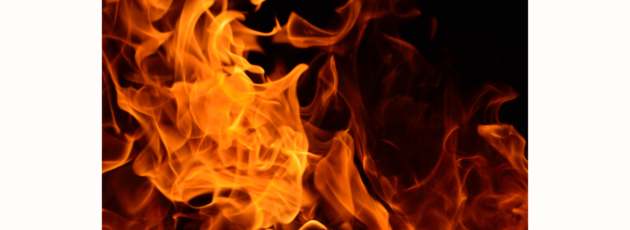By Sue Quimby
According to the National Fire Protection Association (NFPA), arson is the leading cause of fire property damage in the United States. There are over 500,000 fires set intentionally each year, resulting in over $2 billion in property damage. Insurance is intended for fortuitous events, not intentional acts. Knowing the causes and signs of arson can help protect your companies’ loss ratios and make you a more successful agent.
The FBI defines arson as “any willful or malicious burning or attempting to burn, with or without intent to defraud, a dwelling house, public building, motor vehicle or aircraft, personal property of another, etc.” Arson is not limited to buildings and personal property. According to FEMA (Federal Emergency Management Association), nearly 28,000 intentional vehicle fires were set each year from 2004-2006.Over 86% were passenger vehicle fires. For example, in the summer of 2011, nearly two dozen cars in carports were set on fire in North Hollywood, California over a period of two weeks.
Contrary to what one might think, according to NFPA statistics, profit is not a major motivating factor in arson cases. Revenge is the motivation for most arsons. Serial arsonists may be seeking a “thrill”. Some fires are set to cover another crime. It is interesting to note that there is not a link between the poor economy and an increased number of arsons. In fact, arson crimes have decreased over the past few years.
Some other interesting arson facts are that most arsonists are male (86%), and about half of intentional fires are set by children. Matches and lighters are the most common ignition sources. Arson is the cause of 33% of dormitory fires and 15% of residential fires. Although most arson-related injuries occur inside buildings, 75% of intentionally set fires are outside. Most residential fires are set in the bedroom, while fires in public buildings are most likely to be set in bathrooms.
Arson is sometimes called a victimless crime. This is certainly not the case. In addition to direct fire damage, arson can lead to loss of jobs when businesses are forced to shut down, as well as injury and loss of life. Everyone’s insurance rates can be impacted by arson claims. One disturbing finding is that nearly two thirds of intentionally set fires occurred in occupied buildings.
There are ways that your insureds can decrease their chances of being the victim of arson. Firewood and other flammable materials, such as paint, should be stored out of sight and away from the sides of the building. Neighborhood watch programs may also be a deterrent, or help in early detection if a fire has been set.
On the underwriting side, buildings that have been vacant for a long time and clients who are habitually late with premium payments may signal a risk that is a candidate for arson. Requests for inflated property values can also be a red flag.
Differentiating between fires that are accidental or intentional can be difficult, and should be left to professionals, such as the Federal Bureau of Alcohol, Tobacco and Firearms (ATF). ATF agents are trained in arson investigation. If arson is suspected, law enforcement should be notified immediately. The insurance carrier will also want to start their investigation as soon as possible, so prompt notice to them is important. Evidence of an arson can include exterior damage to the building, such as signs of forced entry, footprints and broken windows. Arson usually involves the use of an accelerant such as gasoline. The presence of matches, rags or gasoline cans can be evidence of an intentional fire.
Successful prosecution of arson cases is often dependent on preservation of evidence by first responders. The Insurance Committee for Arson Control (ICAC) is composed of insurance companies. They offer arson detection training for first responders on how to preserve such evidence.
Arson is a crime that impacts all of us. Reducing insurance claims paid for arson reduces overall insurance costs. To that end, knowing the facts about arson and educating your clients and your staff is another value-added service of the true insurance professional.
Sue Quimby is a vice president, media editor, client services & training and a senior product development analyst at MSO, Inc (The Mutual Service Office, Inc). You can reach Sue at 201.857.9128 or squimby@msonet.com.
MSO® provides advisory services for all property and casualty lines except workers compensation. This includes customized forms and manuals for insurers, MGA’s, and agents/brokers. Additional information is available at www.msonet.com. This article was previously published in Insurance Advocate® magazine ads is provided courtesy of MSO®, Inc. (The Mutual Service Office, Inc.) for non-commercial use only. For any other licensing requests or permissions, please contact squimby@msonet.com. © MSO®, Inc. 2022.
